Perfect Plants for a Thriving Ecosystem
Hey there,
In this blog post, we’ll talk about bioactive vivariums, you’ll find a general guide on how to set up a vivarium, what special types of bioactive terrarium plants you need, what the most common animals are, and finally short information about the minimal accessories you may need to start.
This site contains affiliate links. I may earn a small commission, at no extra cost to you. I’d appreciate it if you can support me.
A vivarium is an enclosed space for raising and keeping living organisms, typically plants and animals. A bioactive vivarium, in a broad sense, usually refers to an enclosure where both plants and animals interact in a self-sustaining ecosystem, creating a balanced and natural environment. This is commonly seen in setups for reptiles, amphibians, and invertebrates.
Here’s a general guide to creating a bioactive vivarium:
- Enclosure:
Choose an appropriately sized enclosure based on the needs of the organisms you plan to keep. Ensure proper ventilation and lighting for the specific plants and animals in the vivarium.
- Substrate:
Use a substrate that mimics the natural habitat of the organisms. For reptiles, this may include a mix of coconut coir, sphagnum moss, and other organic materials. Add a drainage layer to prevent waterlogging.
- Plants:
Select plants that are suitable for the specific environmental conditions in the vivarium. Consider factors such as humidity, light, and temperature. Examples of plants for a bioactive vivarium might include ferns, bromeliads, pothos, and other tropical or subtropical species, but we’ll dive into it later.
- Animals:
Choose animals that can coexist with the plants and contribute to the ecosystem. For example, certain insects like isopods and springtails can help with waste decomposition. Ensure that the animals’ dietary and habitat requirements are met.
- Lighting:
Provide appropriate lighting for both plants and animals. This may involve a combination of UVB lighting for reptiles and suitable grow lights for plants.
- Maintenance:
Regularly monitor and adjust environmental parameters such as temperature, humidity, and lighting. Conduct routine cleaning and maintain proper waste removal to keep the vivarium healthy.
Plants for vivariums
Selecting appropriate plants for a bioactive vivarium involves considering factors such as humidity, lighting, and the specific needs of the organisms in the enclosure.
Here are some plant options that are commonly used in bioactive vivariums:
1. Bromeliads (e.g., Tillandsia sp):
Light Requirements: Moderate to high light.
Benefits: Create a tropical aesthetic, hold water in their central rosette for drinking by inhabitants, and provide hiding spots.
2. Pothos (Epipremnum aureum):
Light Requirements: Low to moderate light.
Benefits: Tolerant of various conditions, helps with air purification and provides climbing opportunities. (trailing plant)
3. Ferns (e.g., Bird’s Nest Fern):
Light Requirements: Low to moderate light.
Benefits: Add a lush, green look to the vivarium, thrive in humid conditions, and provide cover.
4. Snake Plant (Sansevieria):
Light Requirements: Low to moderate light.
Benefits: Tolerant of varying conditions, contributes to air purification and adds vertical interest.
5. Spider Plant (Chlorophytum comosum):
Light Requirements: Moderate to bright, indirect light.
Benefits: Easy to care for, produces offsets (baby plants), and contributes to a lush environment.
6. Ficus (e.g., Ficus pumila):
Light Requirements: Moderate to bright, indirect light.
Benefits: Adds height and structure to the vivarium, thrives in humid conditions and is visually appealing.
7. Philodendron:
Light Requirements: Low to moderate light.
Benefits: Easy to care for, provides a climbing surface, and adds a tropical touch.
8. Fittonia (Nerve Plant):
Light Requirements: Low to moderate light.
Benefits: Adds color with its vibrant leaves, prefers high humidity, and creates a dense ground cover.
9. Mosses (e.g., Java Moss, Sheet Moss):
Light Requirements: Low to moderate light.
Benefits: Enhance ground cover, retain moisture, and contribute to a natural look.
When you select plants, it’s essential to consider the specific needs of the animals in the vivarium, as some species may require specific plant structures for hiding, climbing, or laying eggs. Additionally, be mindful of the lighting requirements of the chosen plants and provide an appropriate light source for both plant and animal health. Regularly monitor and adjust environmental conditions to ensure the well-being of all inhabitants.
Animals kept in vivariums
A variety of animals can thrive in a bioactive vivarium, depending on the specific conditions, size of the enclosure, and the plants present. Here are some examples of animals commonly kept in bioactive vivariums:
Reptiles:
Crested Geckos: Arboreal lizards that benefit from vertical space and a mix of plants for climbing.
Anoles: Small, arboreal lizards that appreciate a well-vegetated environment.
Day Geckos: Arboreal geckos that thrive in tropical setups with live plants.
Amphibians:
Dart Frogs: Small, brightly colored frogs that are often kept in heavily planted vivariums.
Tree Frogs: Various species, such as the White tree frog or Red-eyed tree frog, benefit from a mix of live plants and climbing structures.
Invertebrates:
Isopods: Terrestrial crustaceans that serve as part of the cleanup crew, helping decompose organic matter.
Springtails: Tiny arthropods that contribute to the breakdown of decaying plant material.
Millipedes: Some species of millipedes can be added to contribute to the decomposition process.
Small Snakes:
Garter Snakes: Some small species of garter snakes can be housed in bioactive setups.
Rough Green Snakes: Arboreal snakes that benefit from a well-planted environment.
Small Mammals (In Larger Vivariums):
Rodents: Some rodent species, like certain types of mice or gerbils, can live in larger bioactive setups with proper ventilation.
Insects:
Mantids: Praying mantises can be housed in bioactive enclosures with appropriate plants and hiding spots.
Stick Insects: Some species of stick insects thrive in planted vivariums.
Before you add any animals to your bioactive vivarium, it’s crucial to research the specific needs and requirements of each species. You have to consider factors such as temperature, humidity, diet, and space requirements. Additionally, ensure that the chosen animals are compatible with each other and with the plants in the vivarium.
Always source animals ethically and from reputable breeders or suppliers. Quarantine new additions before introducing them to the main vivarium to prevent the spread of potential diseases. Regular monitoring, proper care, and a good understanding of the biology of the organisms involved are essential for maintaining a healthy and thriving bioactive vivarium.
Here are our specific plant recommendations for each group of animals mentioned:
- Crested Geckos:
Pothos (Epipremnum aureum): Provides climbing opportunities and is hardy.
Bromeliads: Offer hiding spots and add a tropical aesthetic.
Ficus (Ficus pumila): Adds height and structure to the vivarium.
Snake Plant (Sansevieria): Tolerant of varying conditions and adds vertical interest.
Ferns (e.g., Bird’s Nest Fern): Adds a lush, green look and thrives in humid conditions.
- Dart Frogs:
Bromeliads: Holds water in their central rosettes for drinking.
Ficus (Ficus pumila): Adds height and structure to the vivarium.
Mosses (e.g., Java Moss): Enhances ground cover and retains moisture.
Epiphytic Ferns (e.g., Bird’s Nest Fern): Thrives in humid conditions and provides cover.
Cryptanthus (Earth Star Bromeliad): Low-growing plant that adds color.
- Isopods, Springtails, Millipedes:
Mosses (e.g., Sheet Moss): Creates ground cover and retains moisture.
Leaf litter: Provides a natural substrate for isopods and springtails to thrive.
Ferns: Adds greenery and hiding spots.
Pothos (Epipremnum aureum): Climbing opportunities for isopods and springtails.
- Garter Snakes:
Grasses: Add a natural ground cover.
Logs and Branches: Provide climbing and hiding opportunities.
Ferns: Create a lush environment.
Thyme (Thymus spp.): Low-growing herb that adds fragrance.
- Mantids and Stick Insects:
Tall Grasses: Offer climbing opportunities.
Sturdy Perches: Provide resting spots for mantids.
Herbs (e.g., Basil): Add fragrance and can serve as hiding spots.
Ficus (Ficus pumila): Adds vertical structure.
- Small Mammals (In Larger Vivariums):
Bromeliads: Offer hiding spots and add a tropical aesthetic.
Pothos (Epipremnum aureum): Provides climbing opportunities.
Ficus (Ficus pumila): Adds height and structure.
Orchids: Add beauty and can be attached to branches.
Remember to adjust the plant selection to the specific needs of the animals in terms of humidity, temperature, and available hiding spaces. Additionally, observe the compatibility of the chosen plants with the animals and their potential toxicity. Regularly monitor the health of both plants and animals and make adjustments as needed.
If you would like to read more information on arboreal species, read our post here: The Ultimate Guide to Building a Bioactive Vivarium for Arboreal Species – Bloom and Boughs
Accessories for vivariums
Creating a bioactive vivarium requires careful consideration of the needs of the plants and animals you plan to include. The specific requirements can vary based on the type of vivarium and its inhabitants.
Here’s a list of minimal accessories you may need to start:
- Enclosure:
Choose an appropriately sized enclosure based on the species you intend to keep. Ensure it has proper ventilation and is escape-proof.
- Substrate:
Select a suitable substrate for the floor of the vivarium. This may include coconut coir, sphagnum moss, or a mix of organic materials.
- Plants:
Choose plants that are compatible with the environmental conditions of the vivarium. Pothos, ferns, and bromeliads are commonly used in bioactive setups.
- Animals:
Select animals that are suitable for the size and conditions of the vivarium. This could be reptiles, amphibians, or invertebrates like isopods and springtails.
- Lighting:
Provide appropriate lighting for both plants and animals. This may include UVB lighting for reptiles and suitable grow lights for plants.
You can use this lighting for your terrarium: Planted and Reptile Terrarium LED Lighting
- Heating:
Depending on the needs of your organisms, you might need a heating element to maintain the proper temperature in the vivarium.
If you need a heating pad with temperature control, choose this one: Heating Pad with Temperature Control
- Thermometer and Hygrometer:
Monitor temperature and humidity levels with a thermometer and hygrometer to ensure they fall within the optimal range for your plants and animals.
High-Accuracy Digital Display Reptile Terrarium Thermometer Hygrometer
- Water Dish:
Include a water dish for the animals to drink from and some plants that might benefit from increased humidity.
- Decorative Elements:
Add rocks, branches, and other elements for climbing, hiding, and creating a natural environment.
- Spray Bottle:
Use a spray bottle to mist the vivarium and maintain appropriate humidity levels, especially if you have plants that require higher humidity.
- Clean-Up Crew (Optional):
Introduce isopods and springtails as a natural clean-up crew to help decompose organic matter and maintain a cleaner environment.
- Feeding Supplies:
Depending on the animals you keep, have appropriate feeding supplies such as feeding dishes and tweezers for offering live or supplemented food.
This Terrarium Kit will be more than enough.
Remember that the specific accessories you need will depend on the type of bioactive vivarium you’re creating and the organisms you plan to house. Always research the specific requirements of your chosen plants and animals, and be prepared to adapt your setup based on their needs. Regular monitoring and maintenance are essential for the long-term success of a bioactive vivarium.
Conclusion
Bioactive vivariums represent a captivating approach to creating enclosed ecosystems that mirror the intricate balance of nature. By integrating living plants and a diverse array of animals, these setups offer you a chance to witness the harmonious coexistence of different species within a confined space.
The key components, including appropriate enclosures, specialized substrates, and a thoughtfully chosen selection of plants, contribute to the creation of a self-sustaining and visually appealing environment. From reptiles like Crested Geckos to amphibians like Dart Frogs, and even invertebrates such as Isopods and Springtails, a wide range of creatures can flourish in these setups. Success in maintaining a bioactive vivarium lies in diligent care, consistent monitoring of environmental parameters, and a commitment to adapting the vivarium to the specific needs of its inhabitants.
Ultimately, the allure of bioactive vivariums lies in the opportunity to observe the beauty and complexity of nature thriving in miniature, all within the confines of a carefully crafted and well-maintained enclosure.
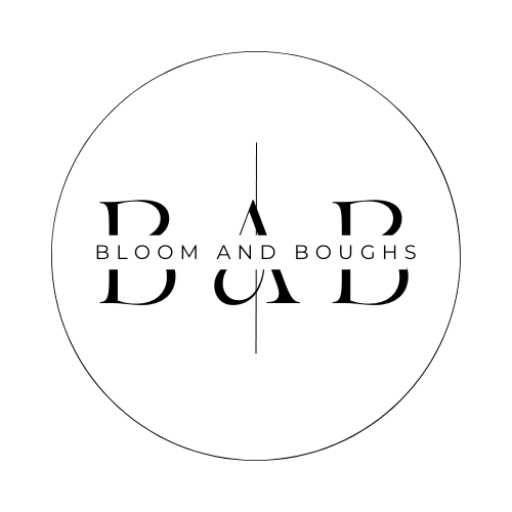
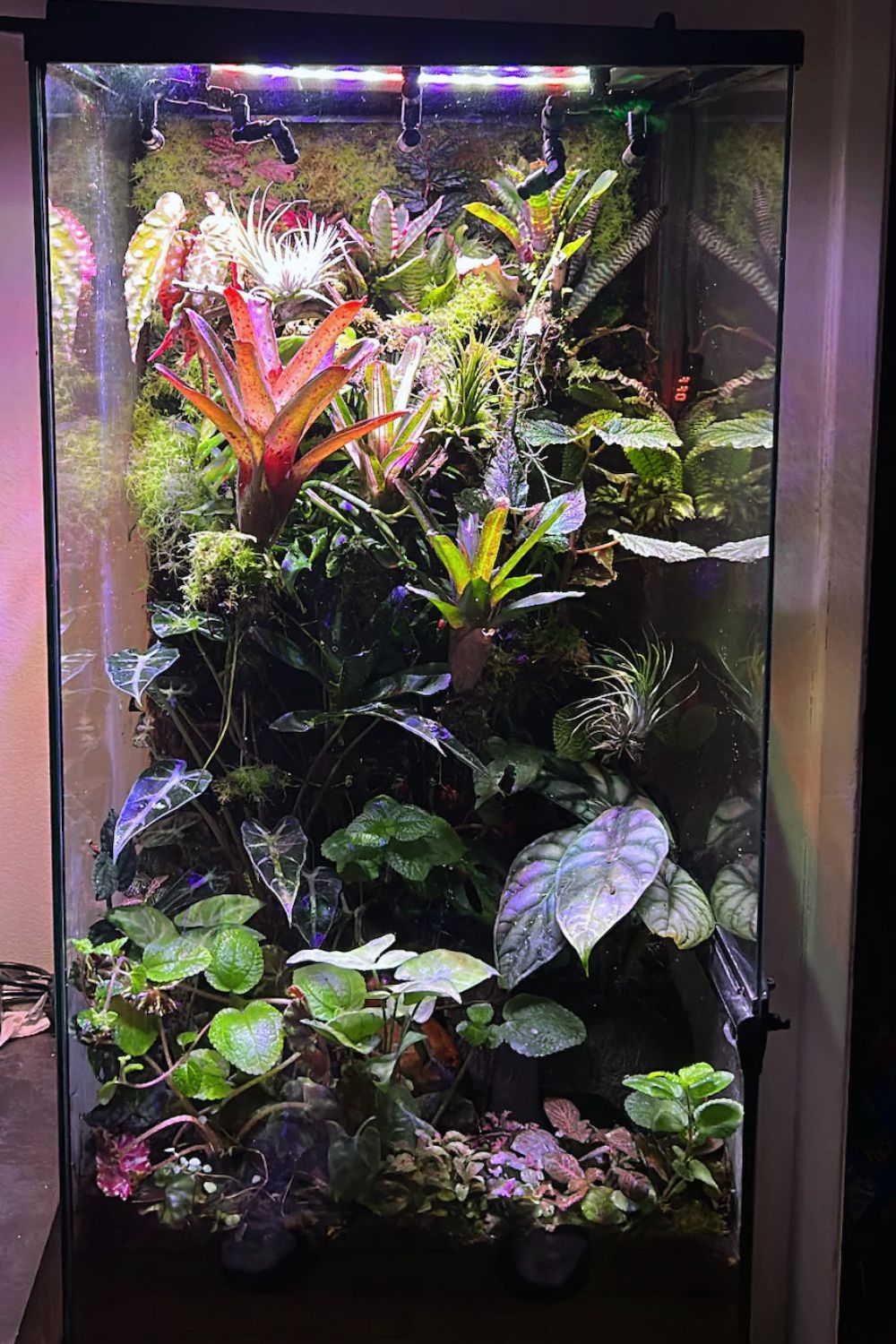
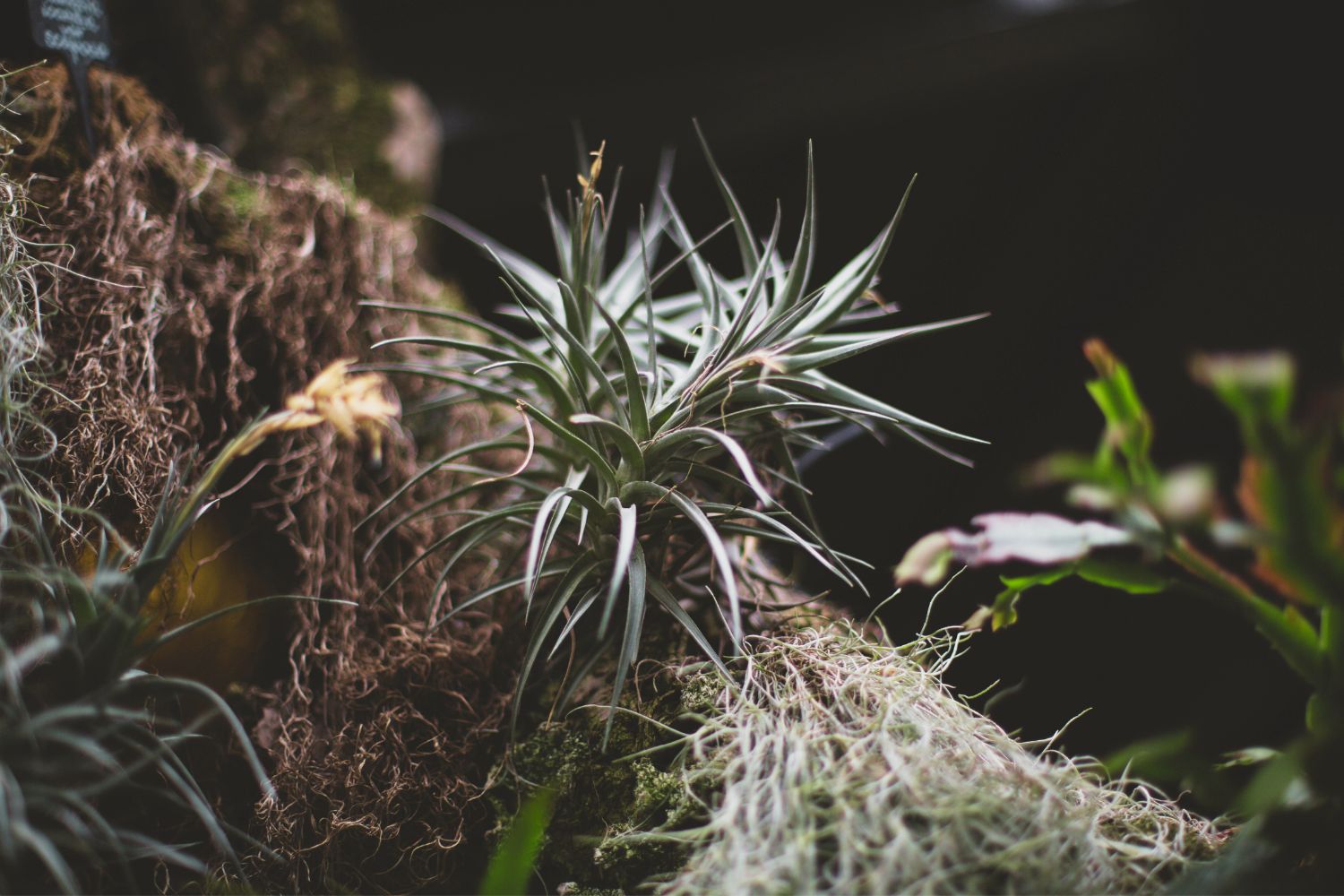
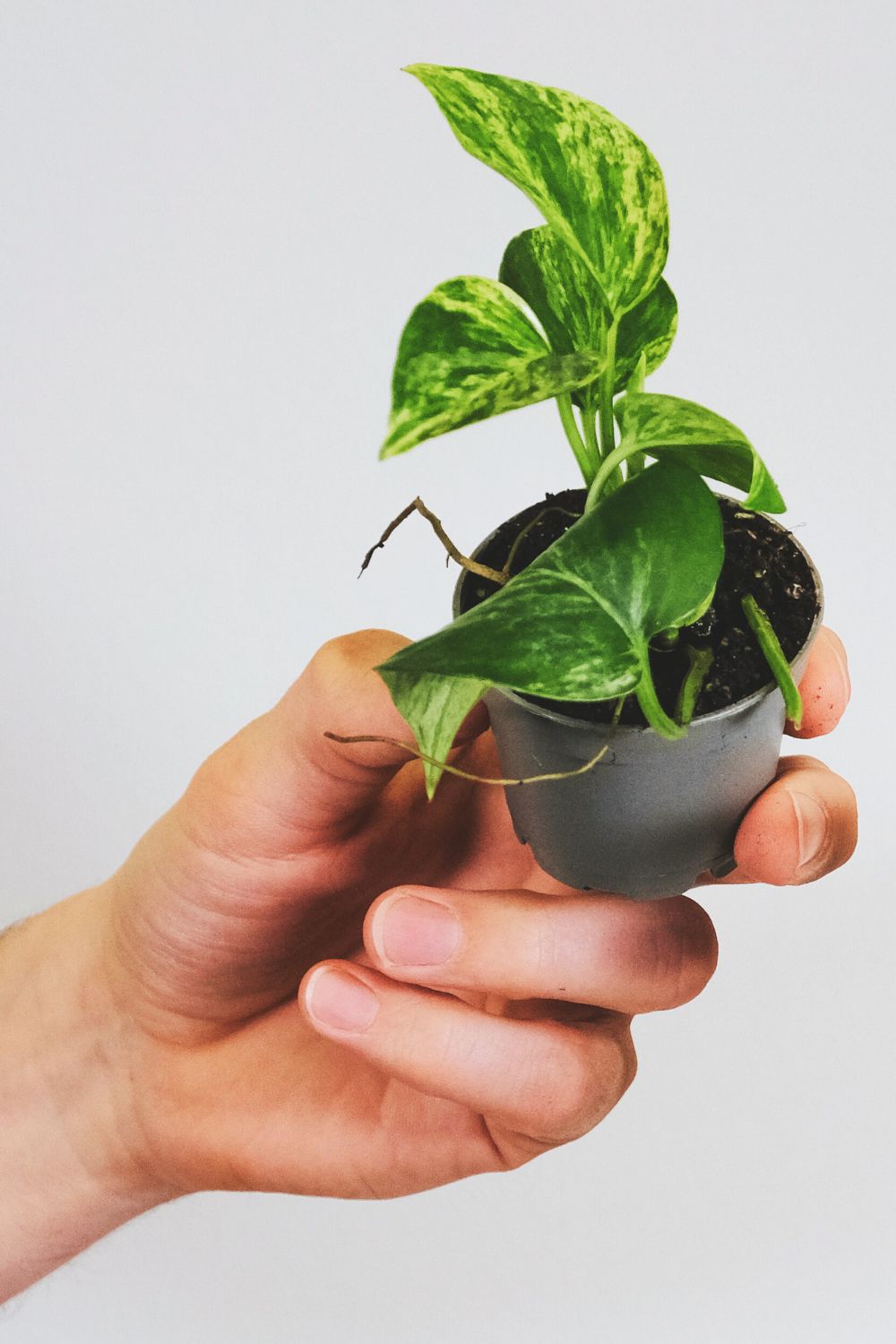

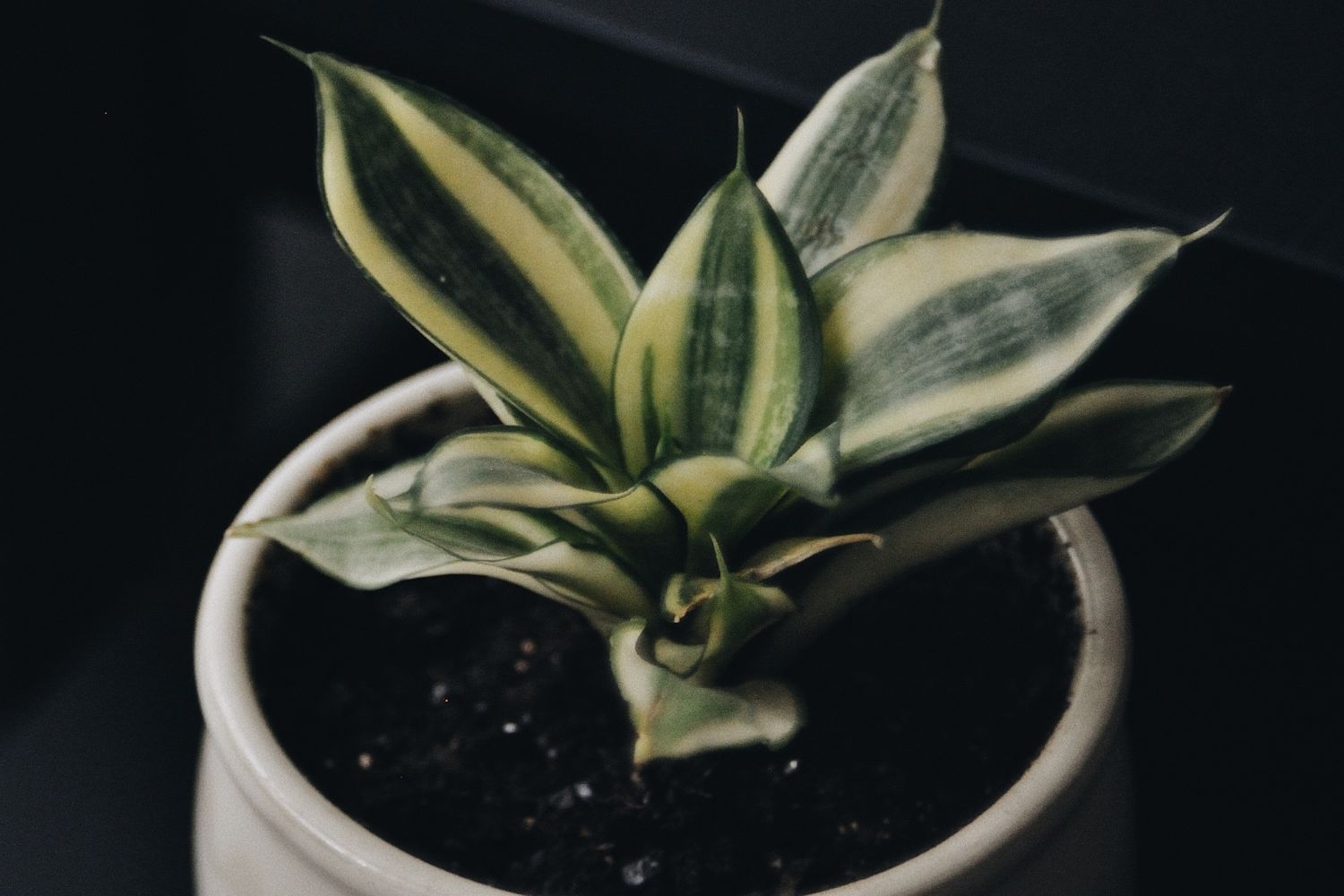

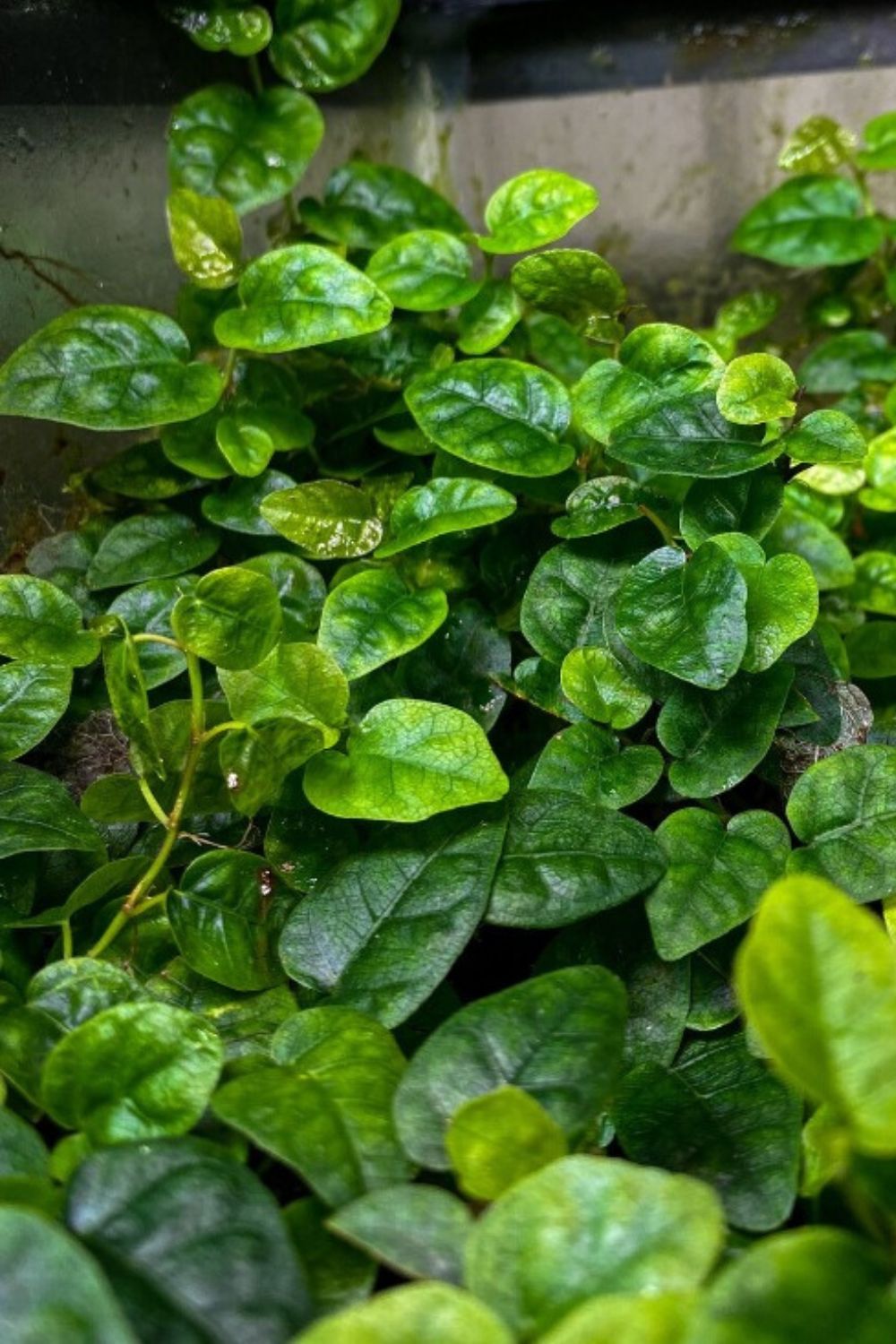
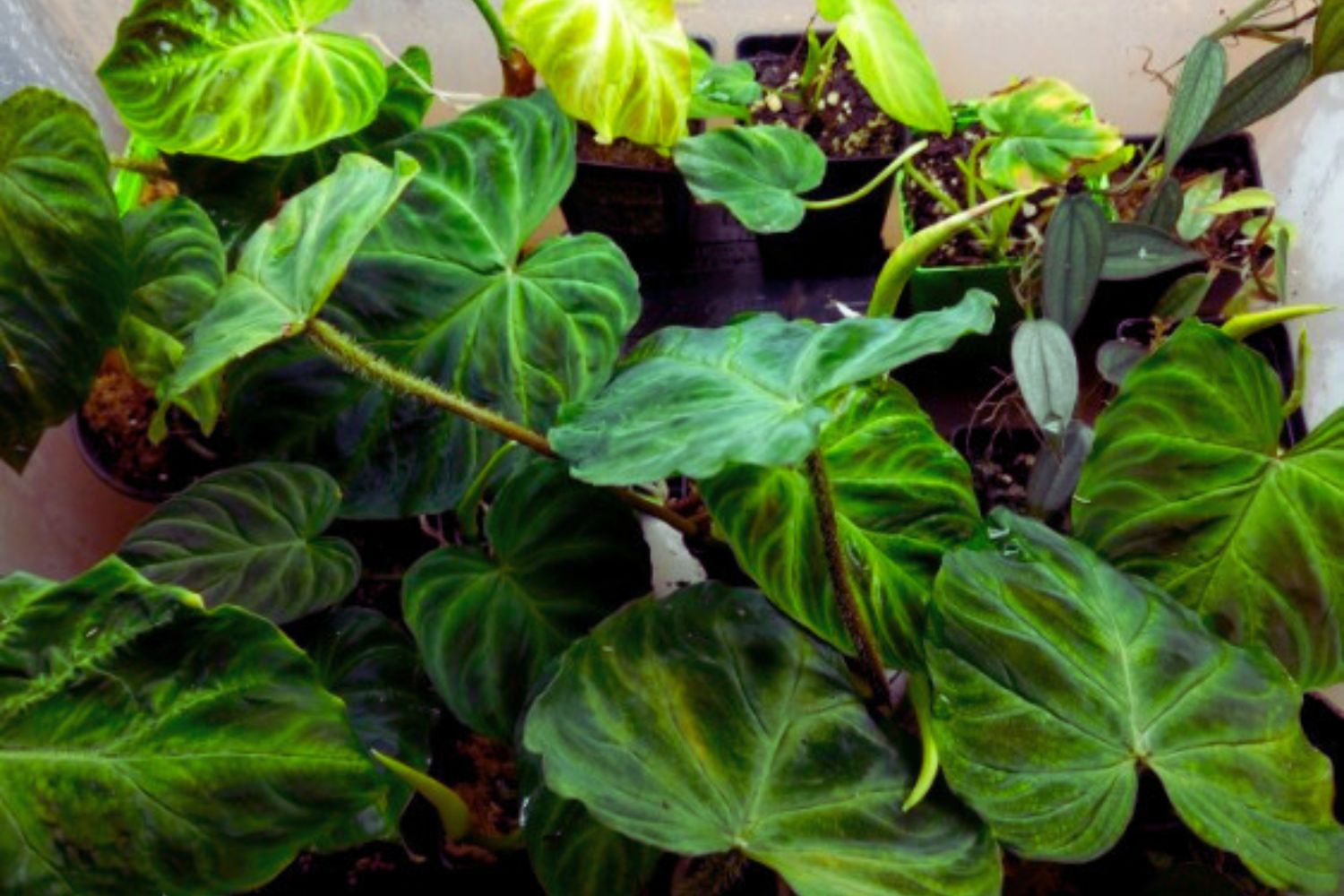
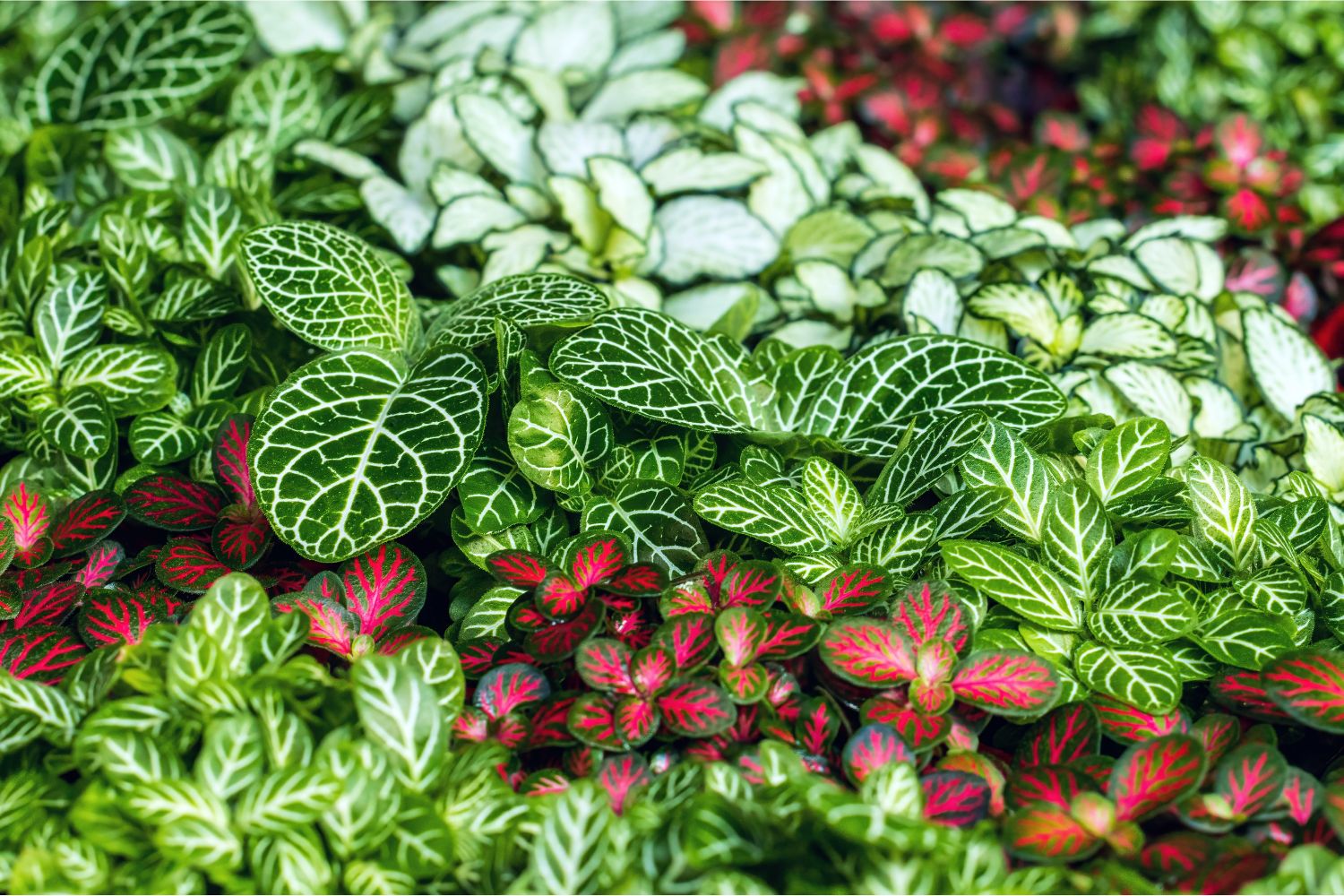




0 Comments